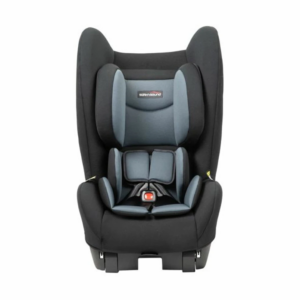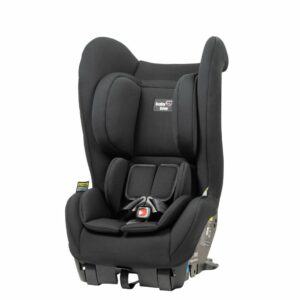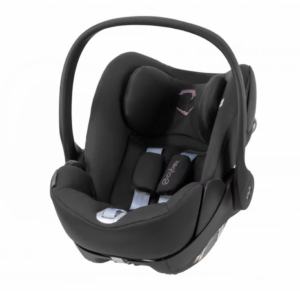You’ll either use a seatbelt or an ISOFIX system (the international standard for attachment points for child safety seats in passenger cars) when installing a car seat. Most modern cars will have ISOFIX, but older cars may not, which means you’ll need to purchase a car seat that can be used in any vehicle and uses the seatbelt to install.
How old your child is will be a big factor in how you configure the car seat, and whether you need to install a car seat or a booster seat.
It’s the law in Australia that children must be rear-facing for the first 6 months of their lives, though ideally you’ll keep them rear-facing as long as they fit in the car seat this way. This is because it’s safer for them to be rear-facing.
The car seat should be less than ten years old. Ideally, you would buy a car seat brand new, but if you do opt to buy a second-hand car seat, buy as close to new as possible and make sure you know the history of the seat and that there’s been no damage or faults.
How to install your car seat will depend on the car seat you buy. You’ll need to correctly follow the manufacturer’s instructions to ensure it has been installed safely.
The car seat needs to meet the Australian/New Zealand Standard AS/NZS 1754—this should be visible somewhere on the car seat.
You’ll need to continue to adjust your baby’s child seat as they grow to ensure it’s still safe for them.
Once your child meets the height requirements, you can swap them into a car booster seat.
Get yourself familiar with the features and functions of your child’s car seat, especially the different harnesses and straps.






